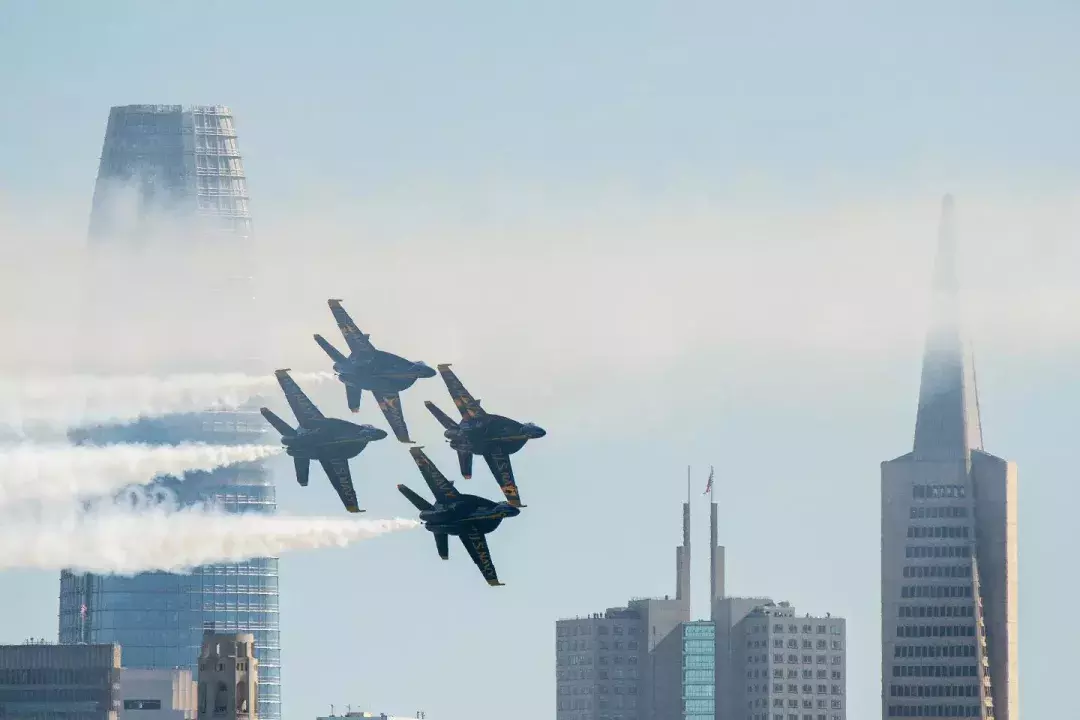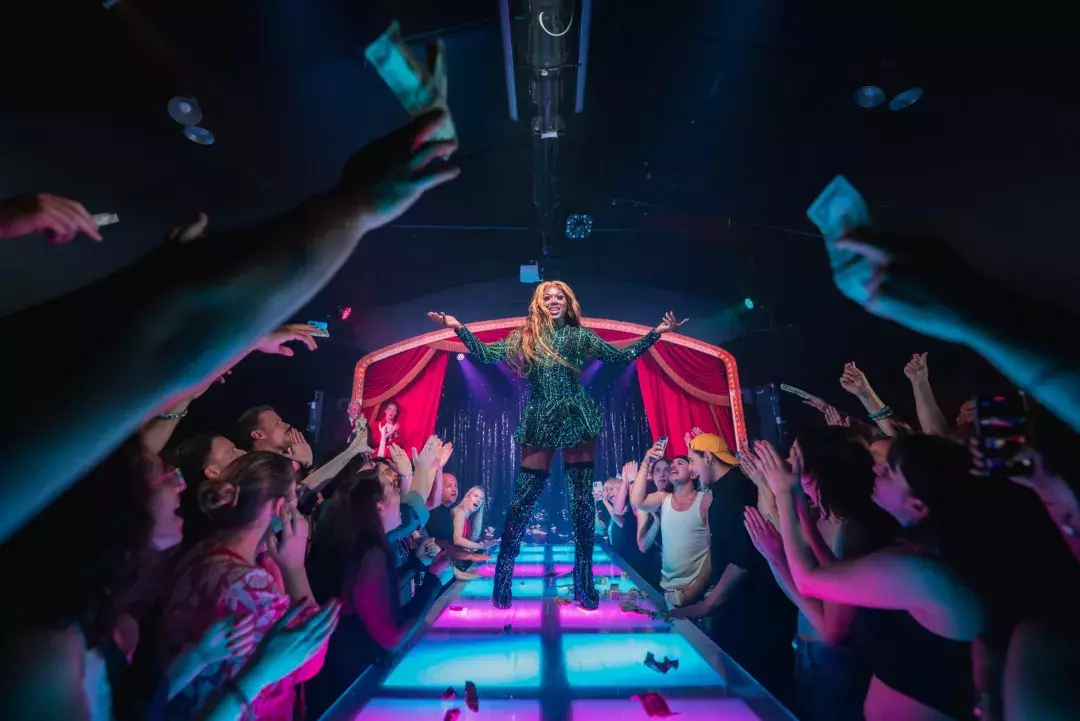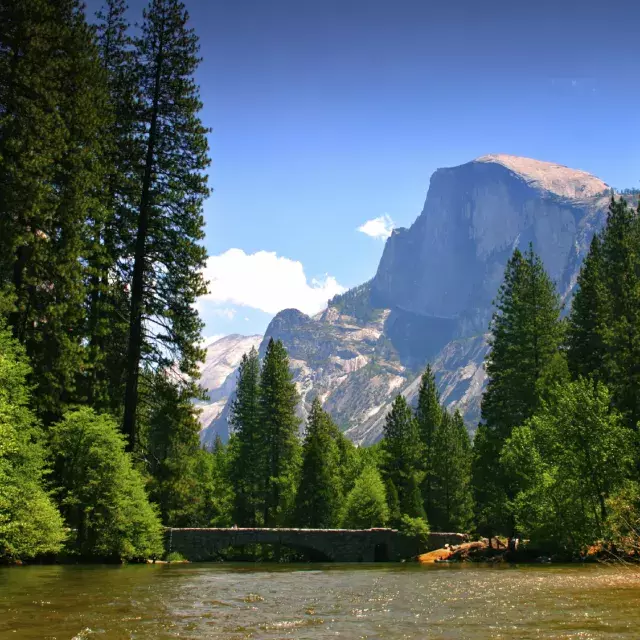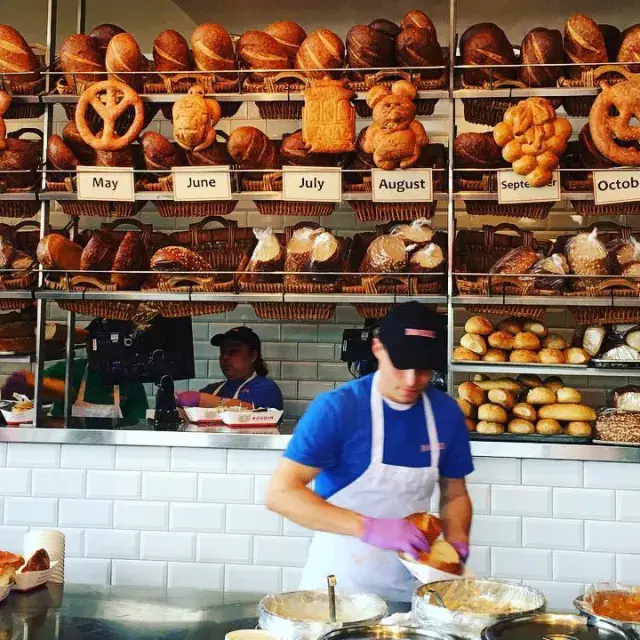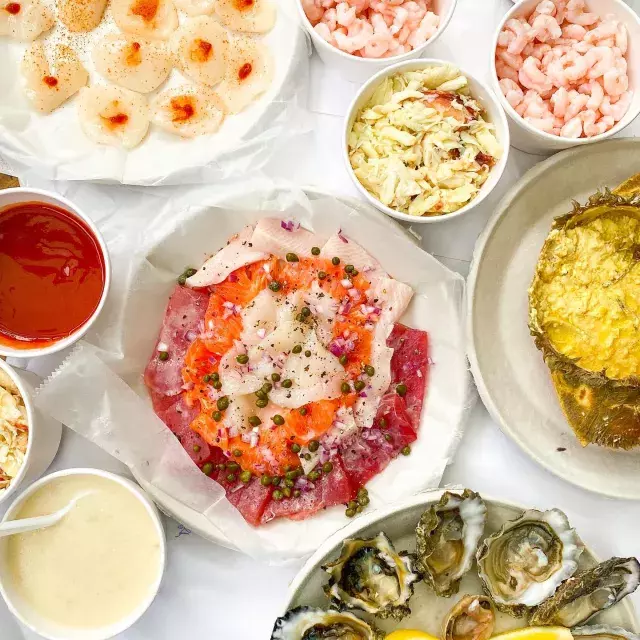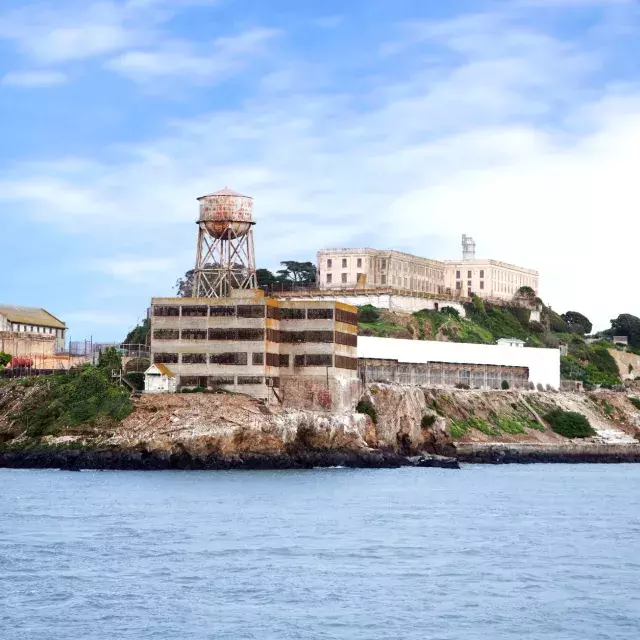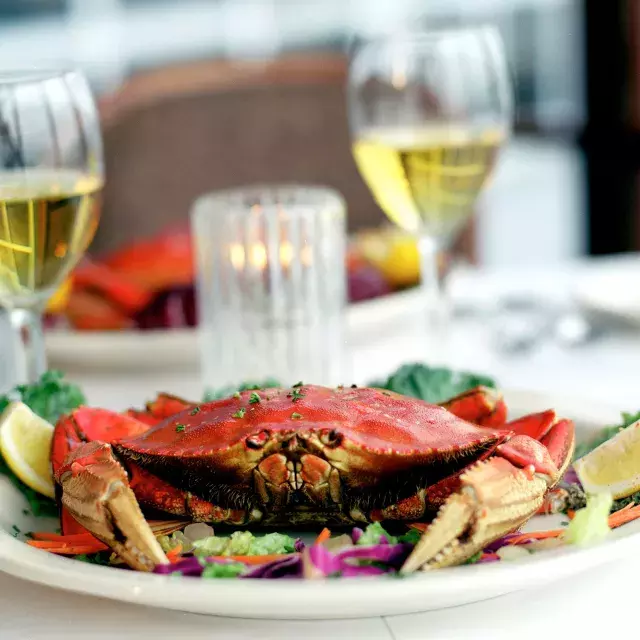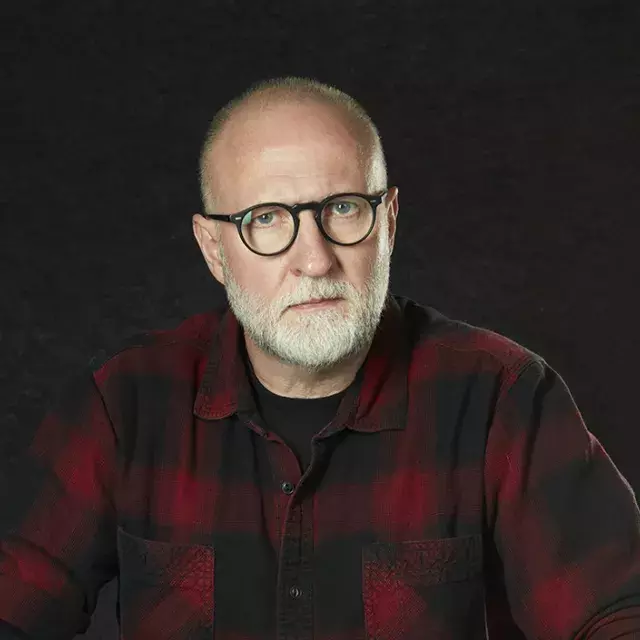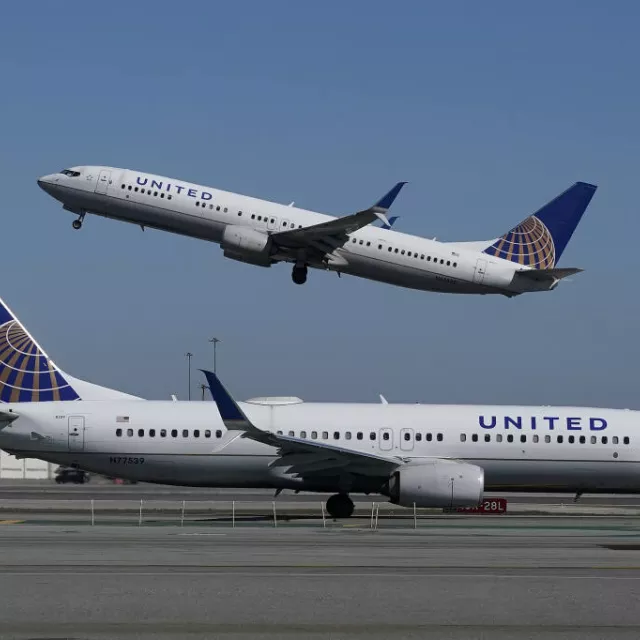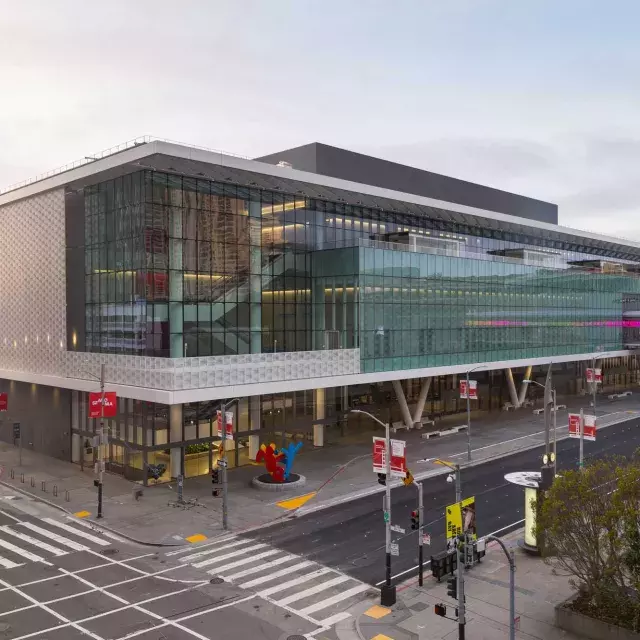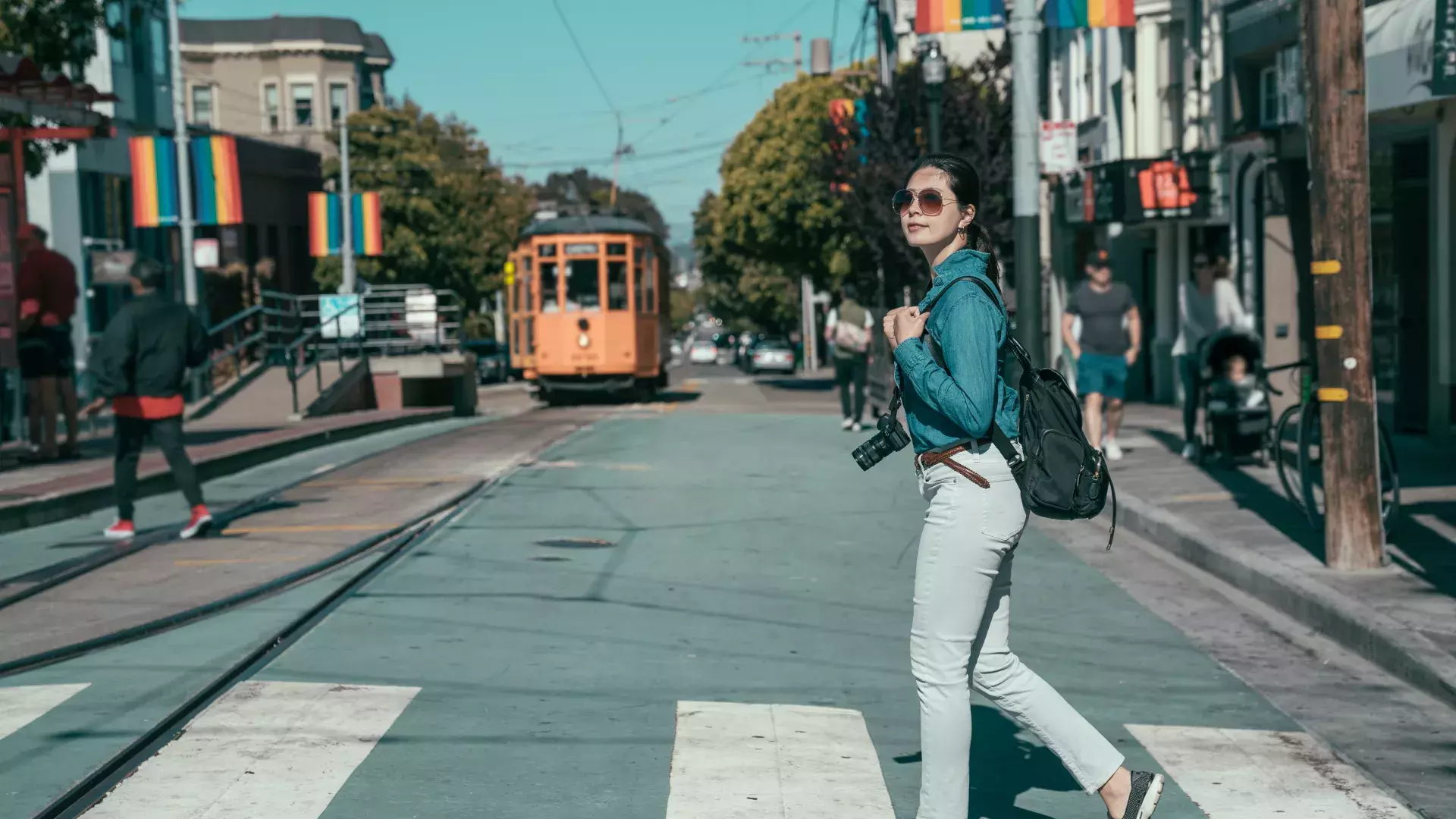
Why San Francisco Is An International Gay Mecca
San Francisco is a city ruled by love that welcomes everyone from anywhere.
Why is it that San Francisco has earned a worldwide reputation as one of the gayest cities on Earth? (And we're quite proud of that!)
Explore these moments in history—some of which are still very much alive today—on your next visit to get a deeper understanding of and appreciation for San Francisco's remarkable LGBTQ+ community.
The Castro
Take a walk through history in the Castro, one of America's original LGBTQ+ neighborhoods. All the shops, restaurants, bars and clubs in this district will welcome you with open arms.
Spend some time exploring the GLBT History Museum and learn about the struggles of the past, then party into the night at popular bars like The Mix, Midnight Sun, Toad Hall, and more.
The Castro Street Fair
The Castro Street Fair is held annually in October. This celebration dates back to 1974, when its founder, Harvey Milk, brought together artists, vendors, and performers at this community fair. At today's Fair, you can purchase products directly from LGBTQ+ creators, show off your dancing skills, and enjoy music from various stages.
The Rainbow Honor Walk
Forget the Hollywood Walk of Fame. Visit the Rainbow Honor Walk, a tribute commemorating well-known LGBTQ+ figures who left their mark on the community—and the world. Start at the intersection of Castro and Market streets. As you walk through the neighborhood, you will discover that many people who were legends in their fields also carried out activist work to help the LGBTQ+ community. Honorees include astronaut Sally Ride, musician Sylvester, professional athlete Glenn Burke, and Army veteran and transgender trailblazer Christine Jorgensen.
The Military
It's true that the American armed forces haven't always been the most accepting of LGBTQ+ servicemen and women (and there's still plenty more to be done about that); but to deny that San Francisco's military history and its LGBTQ+ history were not interconnected would be ignoring a big (and interesting) part of the story.
San Francisco During the Second World War
San Francisco became a military bastion during World War II, housing bases such as Fort Funston and Fort Mason, as well as shipyards in what is today the Dogpatch neighborhood. The city was a symbol of freedom for 1,650,000 servicemen since it was the last part of their country they saw before being deployed to combat in a foreign land—and the first place they saw when they returned. Thousands of young enlisted men came to the city in search of love, sometimes among themselves and other times among the locals who admired them.
Fleet Week
Today, most of those military bases have been converted into attractions that house everything from museums to restaurants to theaters. San Francisco's annual Fleet Week is an event in which military servicemen and women come to the city for a celebration of their valor. Sexy men in uniform can be seen all over the city, from the Marina to the Castro, enjoying a liberated atmosphere where “Don't Ask, Don't Tell" is a thing of the past.
Pride
Before Stonewall, there were the Compton's Cafeteria riots in San Francisco, where members of the city's LGBTQ+ community stood up to unchecked harassment from local law enforcement. From that day on, the San Francisco Pride march became an annual demonstration of community, resilience, and optimism.
The First Pride
Thirty brave people risked everything by marching down Polk Street to City Hall at a time when any association with homosexuality invited discrimination or even worse consequences. The next day, another gay movement was organized in Golden Gate Park with hundreds more people. These events marked the birth of Pride.
Today, Polk Street is still home to a variety of LGBTQ+-friendly restaurants, bars, and nightclubs. There's plenty of queer culture to experience in the daylight, too. Visit unique shops full of antiques and restaurants suitable for all palates.
Pride in the 21st Century
More than 1 million people from all corners of the world will come to San Francisco to celebrate Pride each year. It is the largest gathering of LGBTQ+ people in the nation and takes place over 10 days packed with activities. Pink Saturday is the day before the main celebration and is one of the largest public parties of the year. Other annual events include the Dyke March and the Trans March.
Plan your trip to San Francisco for the last weekend in June and join the largest Pride event in the U.S.!
Politics
Policy wonks can debate San Francisco's present-day progressive bona fides all they want, but the fact remains that when it comes to LGBTQ+ rights, our city has been charting the course for the rest of the country for decades.
Harvey Milk and His Legacy
In 1974, Harvey Milk was elected to the San Francisco Board of Supervisors, becoming the first openly gay elected official in California history. On November 27, 1978 he was shot and killed, along with beloved Mayor George Moscone, by Dan White, another city supervisor.
Since his landmark years of service, San Franciscans have been represented in City Hall and the state legislature by out and proud LGBTQ+ officials, including people like Mark Leno, David Campos, and Scott Weiner.
Two of the city's most important political organizations are focused on LGBTQ+ issues, and are named in honor of local queer icons: Harvey Milk himself and Alice B. Toklas. These groups wield tremendous influence, meaning that the LGBTQ+ community always has a seat at the table when major decisions are being made in San Francisco.
Where the Gay Marriage Movement Began
San Francisco began issuing marriage licenses to same-sex couples as early as 2004. Years of legal battles followed, inspiring other cities and states to take up the cause. It wasn't until 2015 that the United States Supreme Court would rule that to deny same-sex couples the benefits of marriage under the law would be unconstitutional. This watershed moment in LGBTQ+ history began right here inside San Francisco's City Hall.
Drag
Drag performances may seem commonplace nowadays, but their mainstream popularity is a relatively new phenomenon. In San Francisco, the drag community's history spans almost a century, with most of it being considered subversive, risqué, and even dangerous!
The First Drag Shows
Finocchio was a nightclub and bar located along San Francisco's Barbary Coast, a neighborhood known for its liberality and licentiousness. In 1933, with the repeal of Prohibition, the club began offering shows featuring female impersonators—what would later become known as drag queens. These shows soon attracted a lot of attention.
The Hunky Jesus Contest
Who wants to bother with religious dogma on an otherwise lovely spring day? In San Francisco, you can attend the Hunky Jesus Contest and discover how sinful and attractive a savior can be! At this annual event hosted by the Sisters of Perpetual Indulgence, you can feast your eyes on long-haired hotties competing for the crown (of thorns). It might not be the drag you know; but it's kitschy, campy, and thumbing its nose at authority and convention. To us, that's drag, honey!
Oasis Opens
On New Year's Day 2015, legendary local drag queen Heklina opened the doors to Oasis. It quickly became one of San Francisco's hottest LGBTQ+ clubs—and still is! It regularly features outrageous drag performances, as well as hosting specific community nights that allow people to dance the night away with their chosen tribes.
Kink
Did you know San Francisco has its own designated Leather District? That's right! The kink communities and cultures of San Francisco are so varied, so prevalent, and so embraced that they host major annual events that attract visitors from around the world.
Sailor Boy Tavern
The first bar in San Francisco's leather subculture was Sailor Boy Tavern, which opened in 1938 and was primarily geared toward Navy men looking for action. In the 1960s, the leather community grew in SoMa, with bars like The Toolbox. Today, the scene is anchored by The Eagle, at the corner of Folsom and 12th streets.
The Folsom Street Fair
This annual event is the largest of its kind. Focused on the BDSM community, the Folsom Street Fair takes place in September and features 200 vendors, tons of live performances, and demo stations. If Folsom is all about whetting your appetite and expanding your boundaries, then you'll also want to consider the Up Your Alley event in July. For those who think Folsom Street Fair has gotten too crowded or even too tame, this event is for you.
Cinema
San Francisco is incredibly photogenic, and has been the setting of some genuine cinema classics. But did you know that the city is a special place for queer filmmakers?
The Castro Theater
With its Art Deco design, balcony, and famous organ, the Castro Theater is a picture palace from a bygone age. Hosting everything from live comedy shows to film premieres to joyful sing-along screenings, the Castro Theater has been a mainstay of the community for decades.
Film Festivals
The Frameline Film Festival is the largest queer film festival in the world. For almost two weeks, films by the best screenwriters, directors and actors are presented. Transgender- and queer-themed performances feature at the Fresh Meat Festival.
